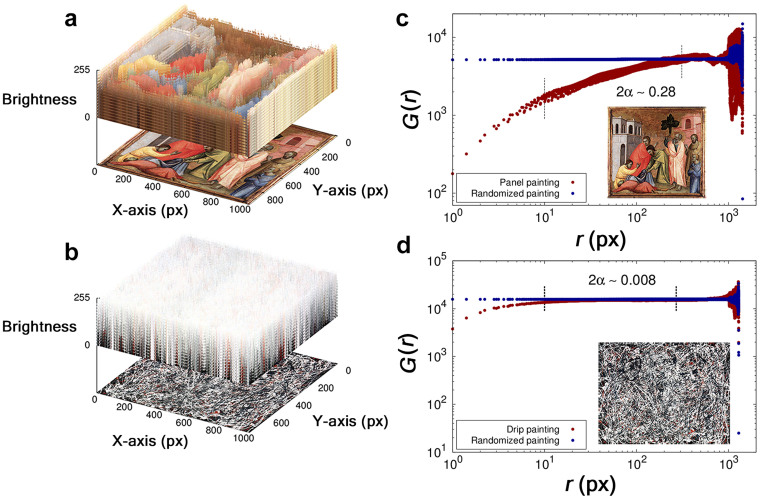Figure 4. Constructing brightness surfaces and measuring roughness exponents.
(a) and (b) Illustrative examples of brightness surfaces. The brightness of each point is considered as its height. (c) An example of a two-point HDC function G(r) on the brightness surface of an image in the inset, a panel painting of Italian painter Taddeo Gaddi (1348–1353) titled “St John the Evangelist Drinking from the Poisoned Cup” (This image is out of copyright.). The horizontal axis indicates the distance r, where a unit is a pixel, between two distinct points on the surface. Red points show the HDC of an original image and blue ones represent that of a randomized image. The slope is approximately 2α~0.28. (d) The HDC function for an image shown in the inset, painting of American painter Jackson Pollock (1912–1956) titled “Number 20, 1948, 1948” (This image is reproduced by permission of the Artists Rights Society and Society of Artist's Copyright of Korea, © 2014 The Pollock-Krasner Foundation/ARS, NY - SACK, Seoul), showing no difference from a randomly shuffled image only except for short distance less than 10 pixels, which is less than 1% of the image width.

